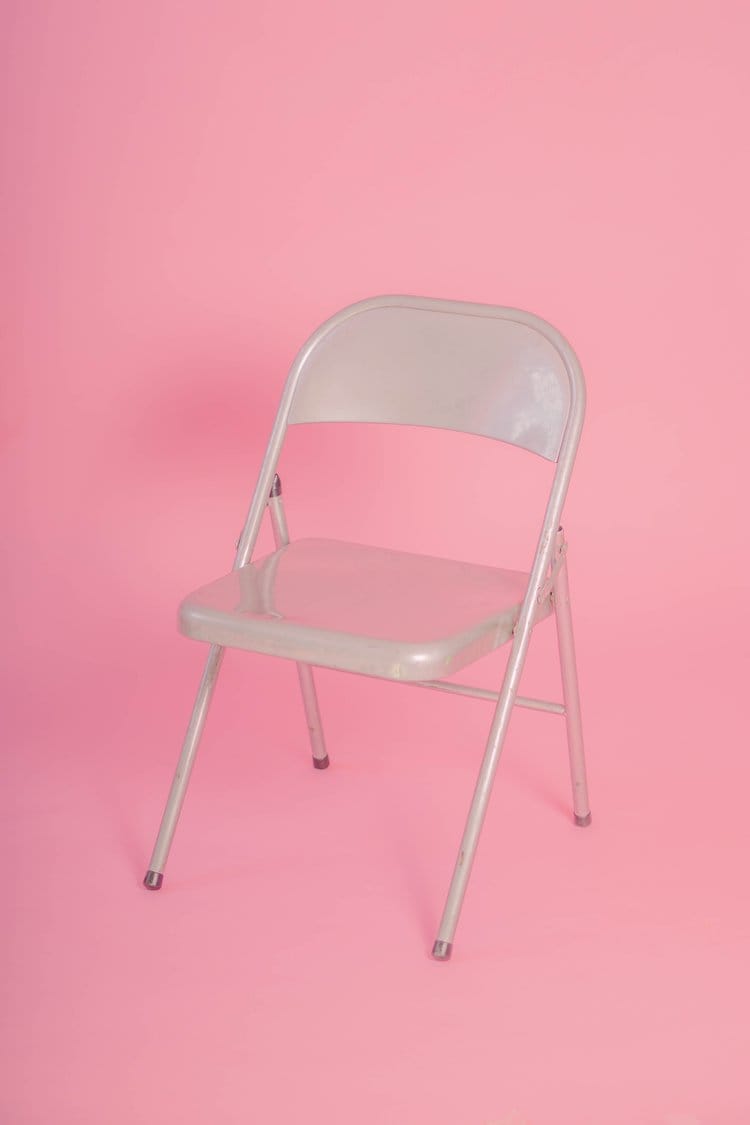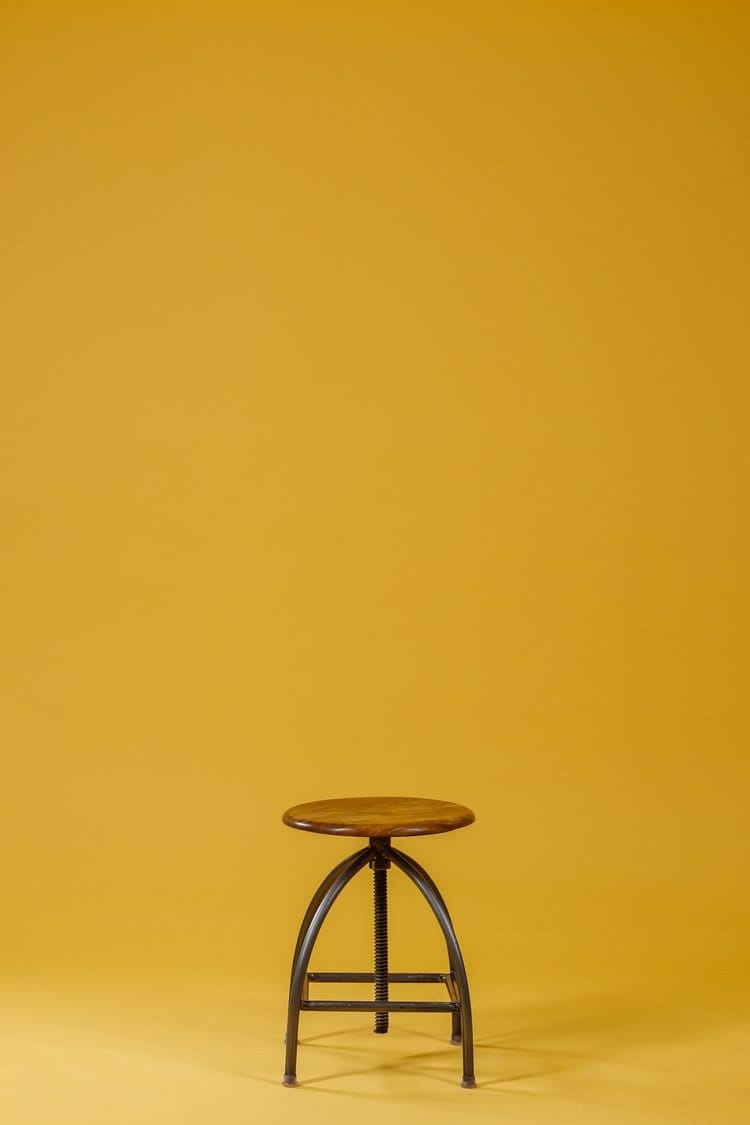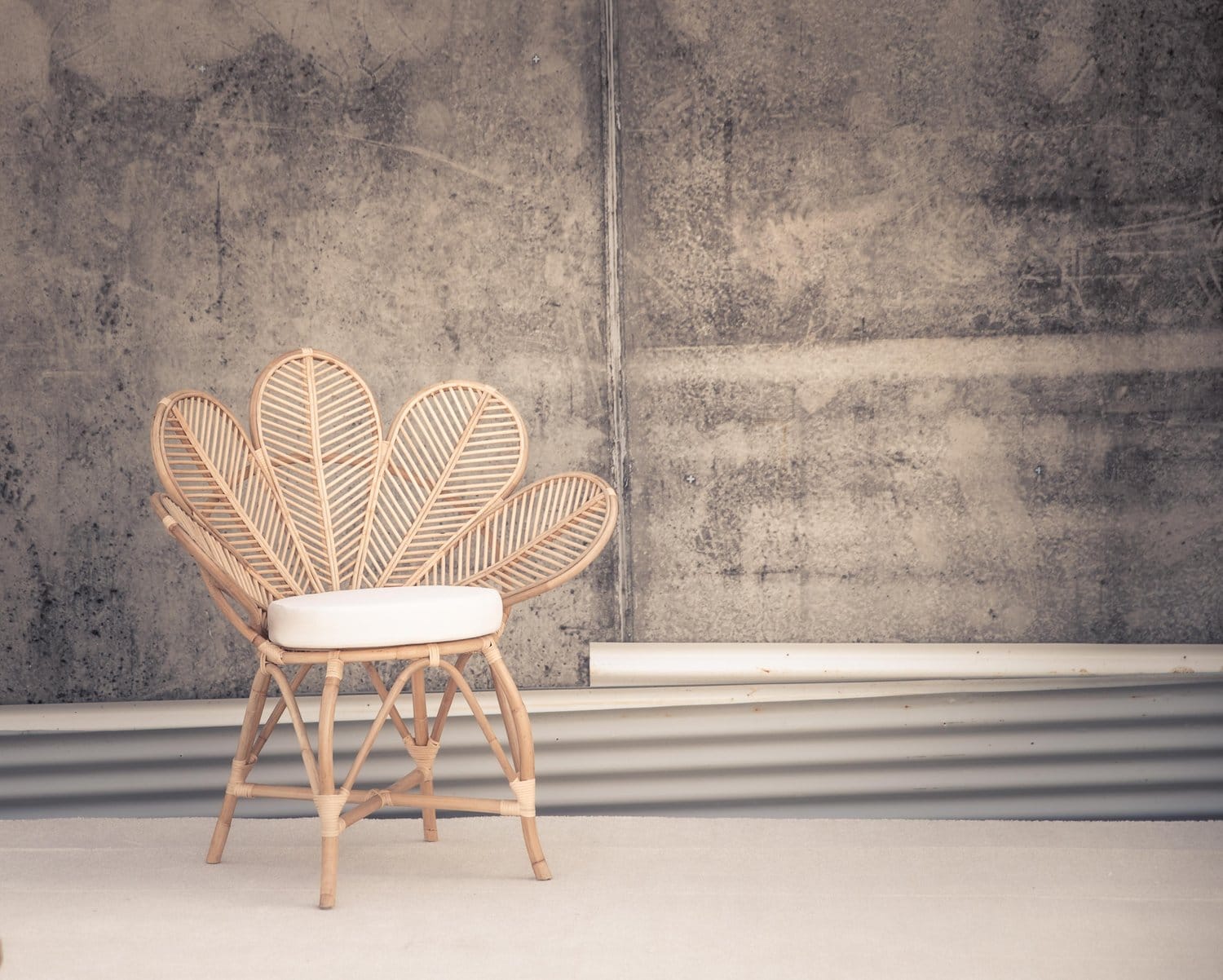In the last Doubleshot newsletter, I wrote about the Froschauerbrunnen in Zürich and how the details of its construction contributed to the “interfacial nature of the built environment.” After publishing that post, I had the chance to give a talk at Google’s new Accessibility Discovery Center here in Zürich, and I mentioned another favorite interfacial object of mine: the chair.
I wrote about chairs in Reshaping Our Expectations to illustrate how tangible objects are more rigid in their ability to satisfy (or not) our specific needs when we approach them, but after hearing from someone at the ADC after my talk, I wanted to take some time to expand on the chair as an interface in its own piece, continuing the exploration of how tangible objects present us with an interface of everyday life.



Photos by @whoishaleylawrence, @xcrap, and @sweetspotphoto on Unsplash
We recognize chairs as objects, a part of the built environment that allows us to demarcate space, indicate position, relax, eat, get around, and sometimes even reach a high shelf or—as is the case in my home office—display houseplants. But we also recognize the chair as a product. In other words, we know that it’s the outcome of a process of production where materials are worked and recombined into something new. Being at the end of this process, the chair is rather rigid. In its basic instantiations—the wood-and-straw chairs of my grandmother’s house growing up are coming to mind—they kind of only meet us halfway each time we take a seat.
We bring to chairs our own experiences and expectations, informed by our moods, how much physical work we’ve been doing, how tired we are, how long we need to sit down, what posture we might need to complete a task, etc., and chairs have a limited set of ways to accommodate us. The chair in my office, with so many levers and buttons, is really tuned to sitting in one place—even in one posture—for hours at a time, while a folding chair may be more optimized for moving and storing. The plastic seats on the New York subway are optimized for easy cleaning (I suspect even the gentle slopes of the seat and backrest are more about directing debris than supporting the human body.)
The properties that were designed into the chair determine how well it supports us in all of the various moments we approach it. Some chairs may force us to reposition our bodies, rest our hands on our laps, sit straight at attention, or compel us to gently drift to sleep. This is the subtle interaction between our subjective condition and the object of the chair. The furniture and our body exist in dialogue.
The chair can evoke other aesthetic responses, too. Is it minimal or highly decorative? What color is it? Does it look soft and cushy or rigid and uncomfortable? These, too, are signals that hint at its utility, its capabilities, and ultimately the point of view of the designer.
Now, the comparison to digital interfaces starts to become clear. As designers, we convey not only possibility through our objects (either facilitating or limiting what can be done with a given piece of software) but also evoke aesthetic experiences that communicate meaning, understanding, and perspective to our users through iconography, color, typography, and composition.





